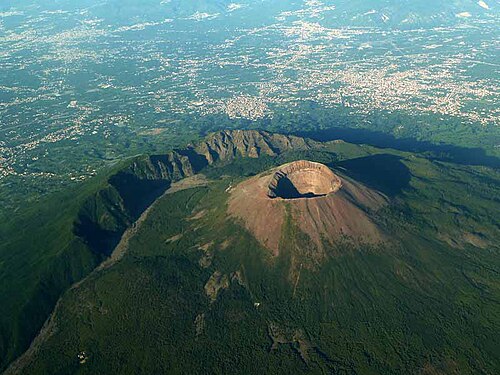Rows: 12,027
Columns: 12
$ event_id <dbl> 4251, 4252, 22547, 22546, 22545, 22544, 22543, 2…
$ time <dttm> 2011-04-20 00:27:24, 2012-06-19 21:29:48, 2013-…
$ latitude <dbl> 40.81800, 40.80883, 40.82217, NA, NA, NA, NA, NA…
$ longitude <dbl> 14.43000, 14.42717, 14.42800, NA, NA, NA, NA, NA…
$ depth_km <dbl> 0.42, 1.31, 0.06, NA, NA, NA, NA, NA, NA, NA, NA…
$ duration_magnitude_md <dbl> 1.2, 0.7, 2.2, 0.2, 0.2, 0.0, 0.8, 1.4, -0.2, 0.…
$ md_error <dbl> 0.3, 0.3, 0.3, 0.3, 0.3, 0.3, 0.3, 0.3, 0.3, 0.3…
$ area <chr> "Mount Vesuvius", "Mount Vesuvius", "Mount Vesuv…
$ type <chr> "earthquake", "earthquake", "earthquake", "earth…
$ review_level <chr> "revised", "revised", "preliminary", "preliminar…
$ year <dbl> 2011, 2012, 2013, 2013, 2013, 2013, 2013, 2013, …
$ month <ord> Apr, Jun, Jan, Jan, Jan, Jan, Jan, Jan, Jan, Jan…





